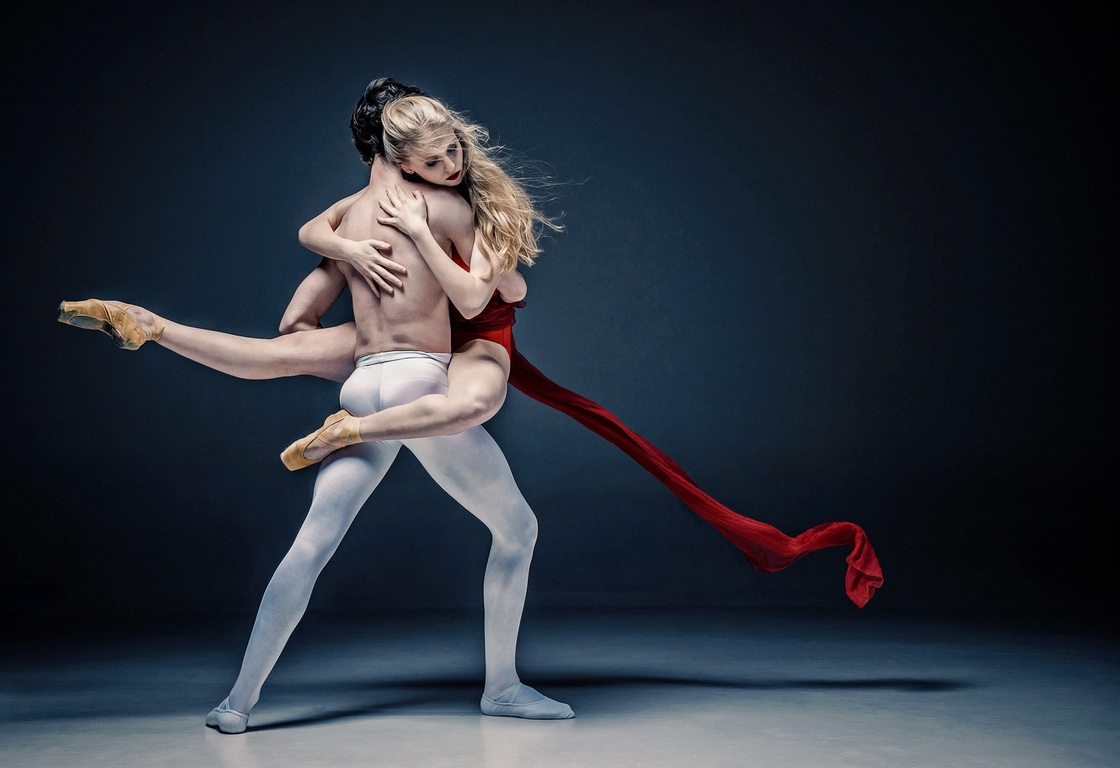Your cart is currently empty!
prodpran

Ballet has mesmerized audiences for centuries because it is a timeless and captivating art form. Yet, how did ballet start? Ballet’s beginnings can be found in the opulent festivals and events that courtiers and aristocracy would host throughout the Italian Renaissance, which featured music, dance, and theater.
Dance at this time served as a means for people to express themselves and interact via movement rather than as a formalized art form. Yet as these occasions grew more complicated, dancers started to produce a more elegant and sophisticated form of movement, which finally gave rise to ballets.
Queen of France Catherine de Medici, who was born in Florence, Italy, was one of the important figures in the development. Catherine supported the arts and invited musicians and artists from Italy to the French court. She was an accomplished dancer as well and had several performed at court.

King Louis XIV of France, commonly referred to as the Sun King, was a significant figure in the development of ballet. Louis, a dedicated dancer, worked to turn dancing from a recreational activity into a recognized art form. In 1661, he founded the Académie Royale de Danse, the world’s first dance school.
Under Louis XIV’s guidance, became to become a highly structured and disciplined art form. with intricate choreography and tales were created, and dancers were instructed in specific techniques and movements. There were more elaborate sets and costumes, and ballet-specific music was composed.
During time, became a vital component of European culture as it gained popularity. When new dancers and choreographers contributed their own styles and innovations to the art form, it continued to adapt and develop.
Performances are still produced in theaters and opera houses around the globe, and it remains an important and relevant art form may have ancient origins, but its beauty and grace continue to excite and captivate audiences of all ages.